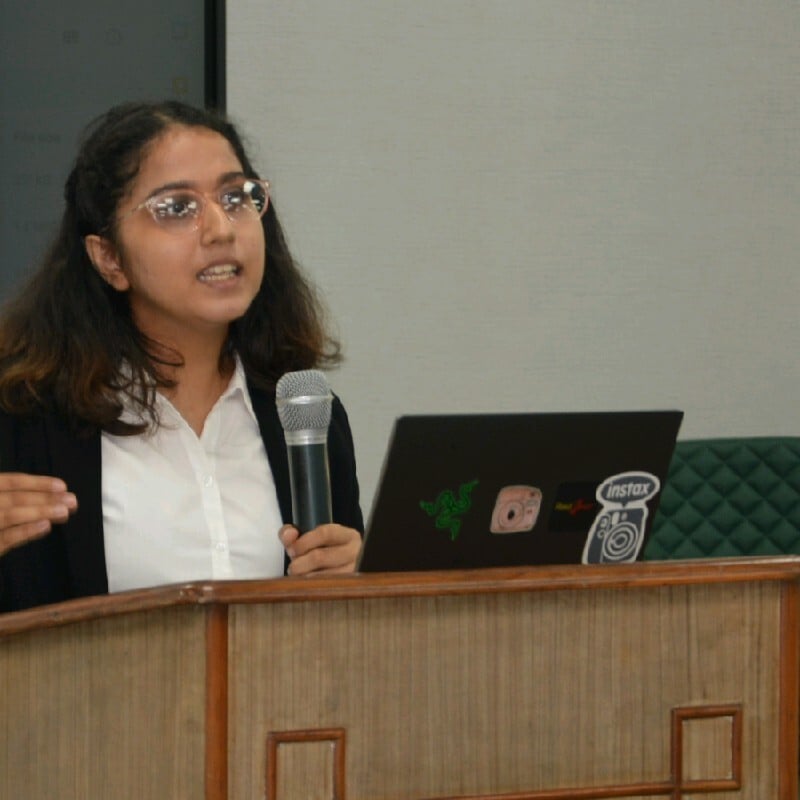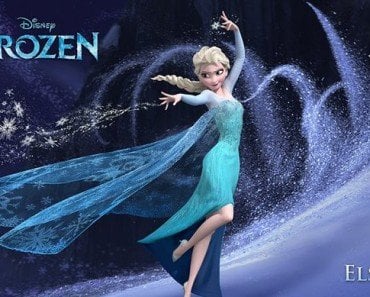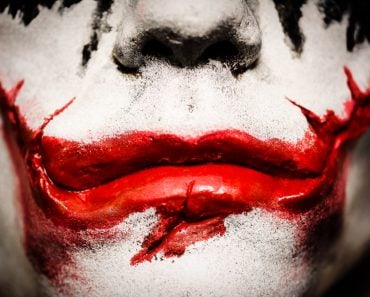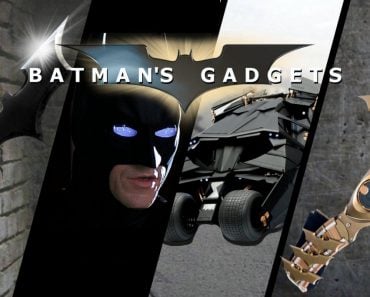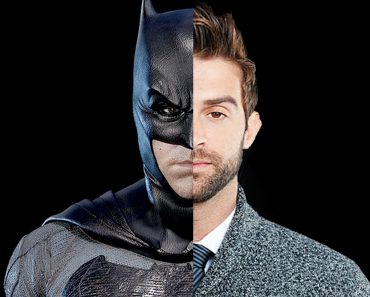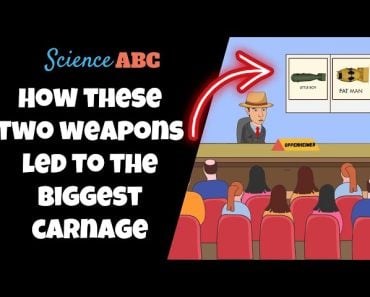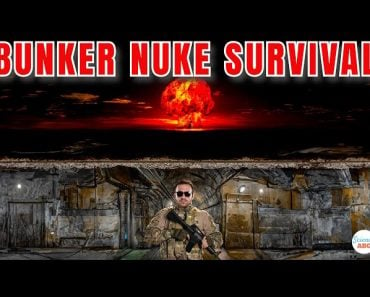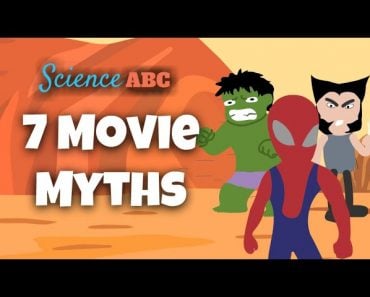Table of Contents (click to expand)
Russians were villainized by the realities of the Cold War, providing a readily acceptable ‘bad guy’ to audiences for decades.
To be fair, many times the villains may also be Nazis, but for the sake of brevity, let’s stick to the archetypal Russians (along with a wide variety of Eastern Europeans).
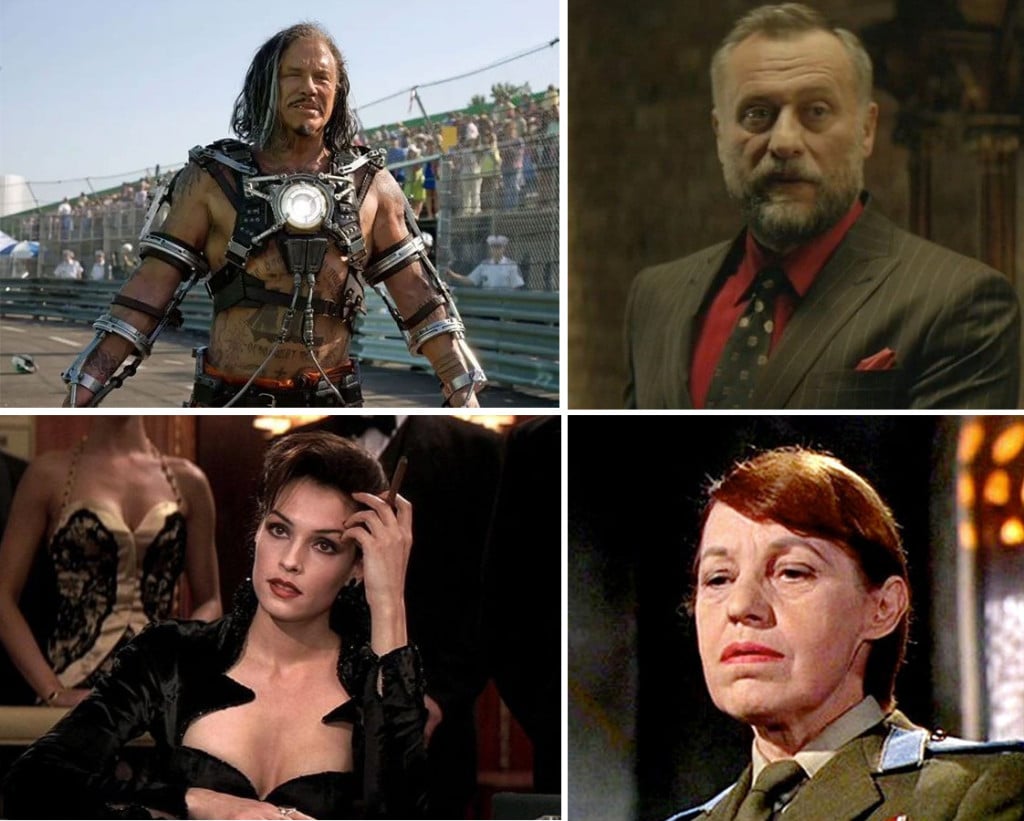
Russia has given Hollywood some of its greatest villains. Ivan Drago from Rocky IV and Ivan Vanko from Iron Man 2, Viggo Tarasov from the first John Wick, Yuri Komarov from A Good Day to Die Hard, Lt. Col. Sergei Podovsky from that John Rambo movie, and a plethora of Bond villains like Xenia Onatopp and Rosa Klebb. Even the Muppets have a Russian antagonist, but what’s with the Russian bad guy image?
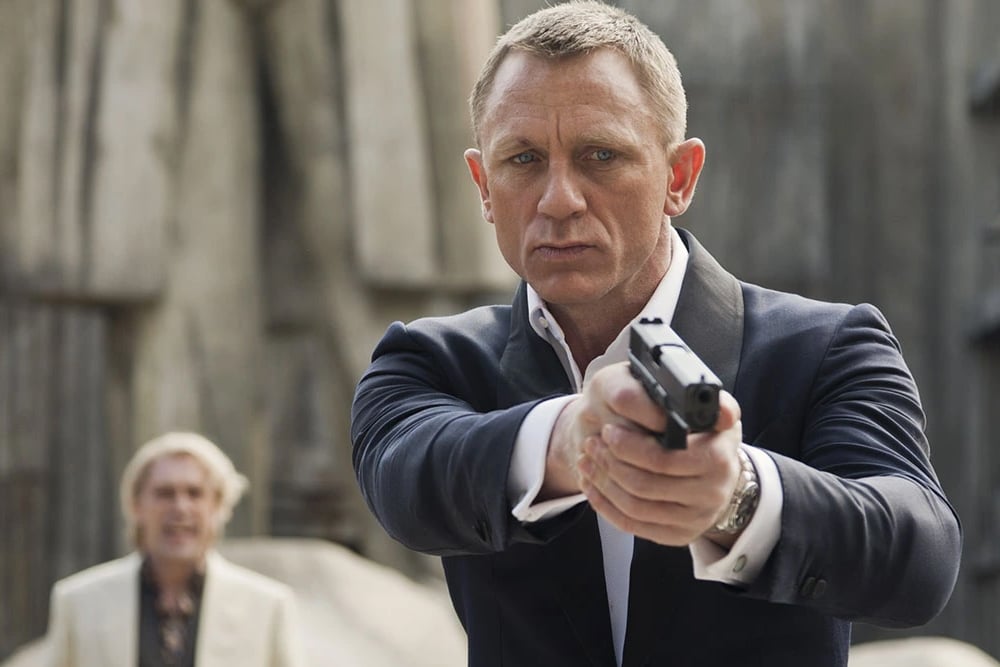
Recommended Video for you:
The Cold War Effect
Hollywood has always tried to capitalize on public opinion in terms of cultural, social and political leanings, which is why Communists have often been depicted as the center of America’s troubles. However, it was the Cold War that morphed Russia as a geopolitical contender into a veritable threat that actively worked to undermine the cause of America. The “Evil Russian” stereotype that sprung from the Cold War began to manifest as the Evil Russian trope in Hollywood.
Art, especially cinema, inevitably reflects the beliefs and stereotypes of its makers, which is how Hollywood got its Soviet Boogeyman (Baba Yaga, to borrow from John Wick). The more that sort of Cold War rhetoric spread, the more Russian villains popped up in movies.
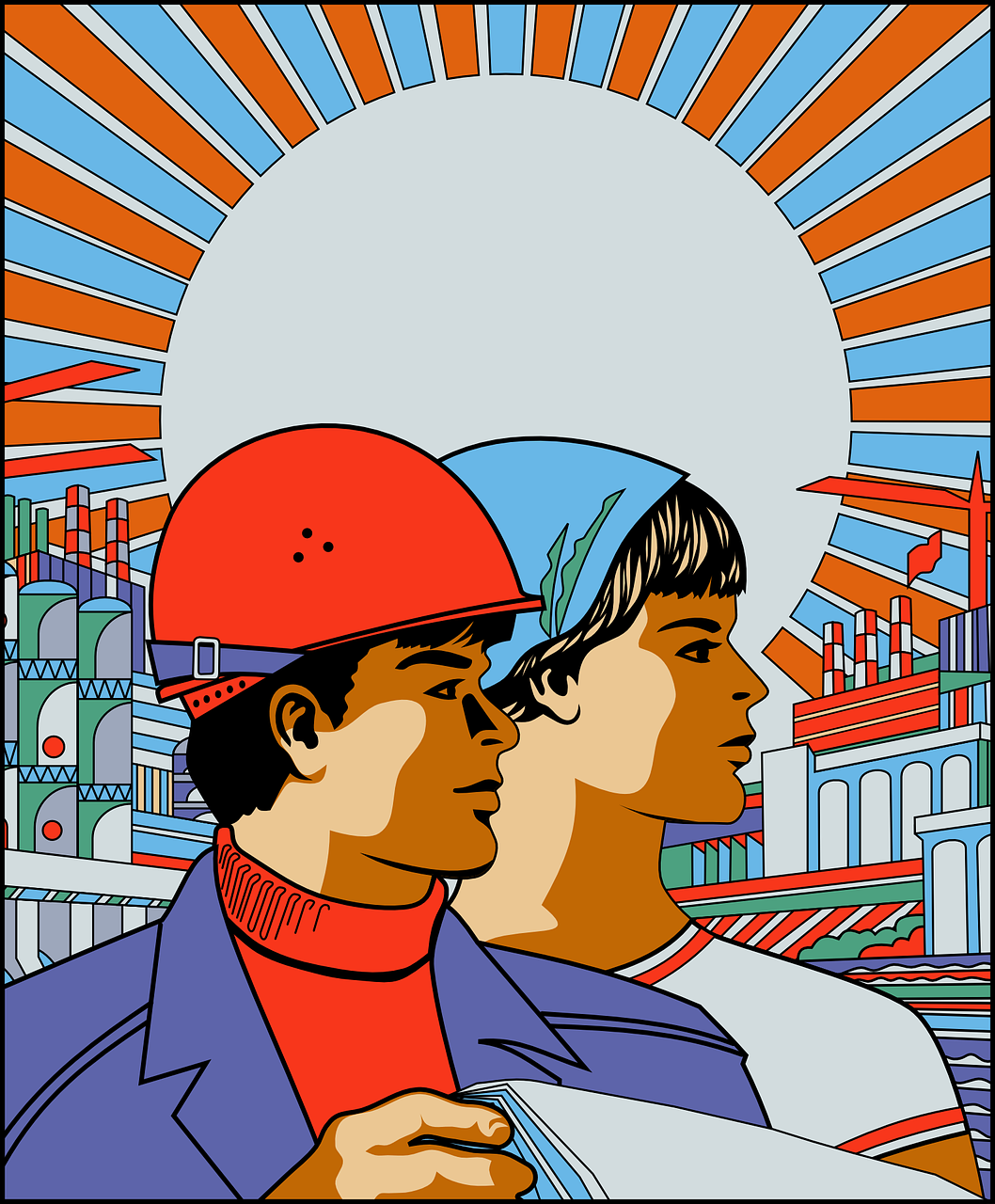
Many of these villains existed and still exist in the space of geopolitical conflicts (during wars, in scientific races, and cultural dogma), so the aim is to prevent Soviet spies from securing critical information or to escape from Soviet captivity, as the American hero, more often than not, is a soldier.
Even after the Cold War ended and the USSR dissolved in 1991, the stereotype survived, as it had fully entrenched itself in the writing of movies and pop culture demographics. In fact, the collapse of the USSR led to the rise of Russian oligarchs and monopolies on both the large scale of corrupt organizations, as well as the petty criminal gangster kind, which fueled a new kind of Russian villain class.
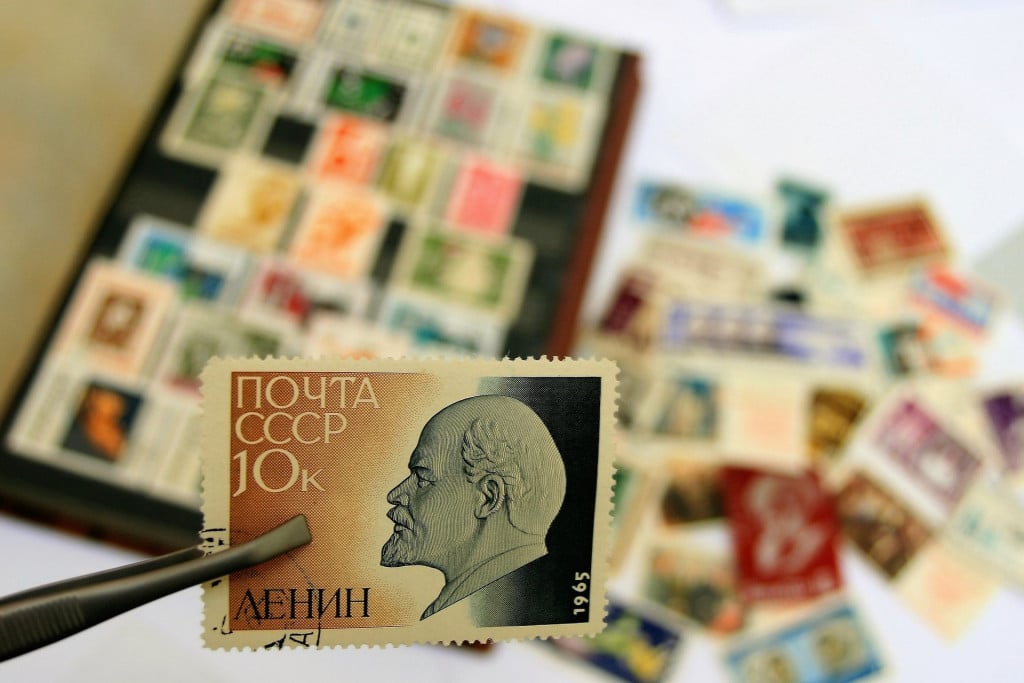
More Recent Depictions
Some people might want to redeem modern Hollywood depictions by bringing up Natasha Romanoff, a Russian Avenger and super assassin, but they should revisit her life story. Her past as a Russian agent is full of traumatic abuse and manipulative exploitation of her skills. Her present occupation, as an Avenger in America, is dedicated to protecting humanity against its many threats.
That being said, even if Russian villains are waning in frequency, a new category will undoubtedly replace them. Recently, this category has been extremists of the radical Islamic State variety. This leads us back to the question of why these people are now being shown as villains more often than others?
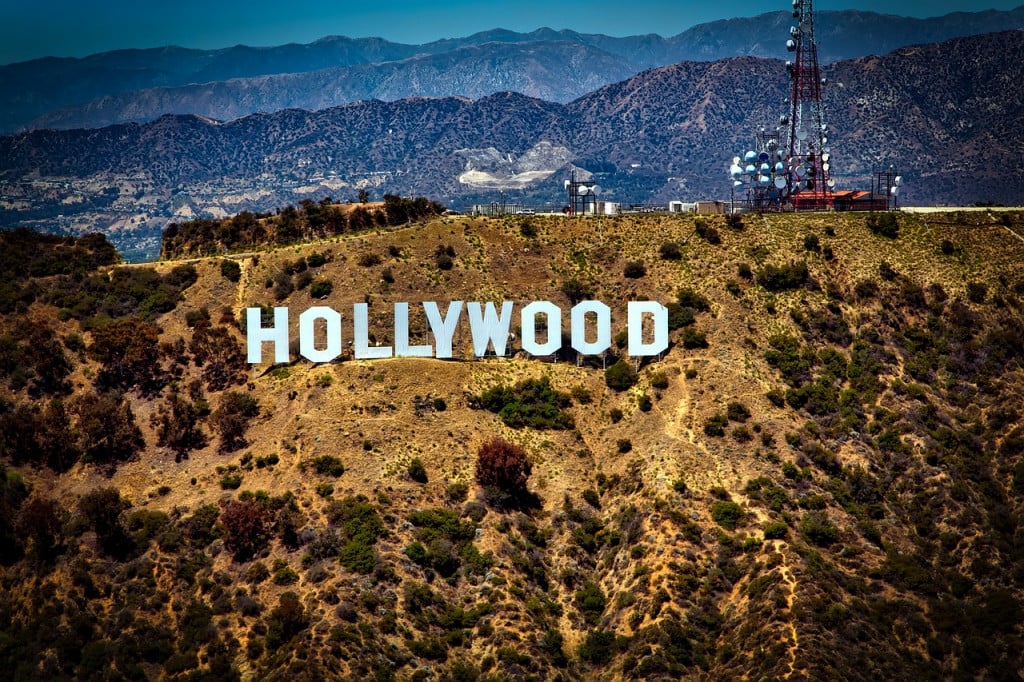
Labelling
Labelling is not something limited to sinister Russians; the gay best friend and the person-of-color servant are both stereotypes that have been introduced to Hollywood because of labelling. Labelling is a dynamic process that defines a category of people by setting standards for others. Basically, if we run on the assumption that Americans are the good guys, then Russians, whom America sees as a threat, will be labelled as bad guys. It also helps that the audience will readily accept this suggestion based on geopolitical rivalries in other spheres.
It’s also obvious that demonizing and villainizing Russians is considered less problematic and more digestible by audiences, as opposed to African-Americans or Chinese villains. These latter examples would incur allegations of racism, whereas the former do not. Movies are also able to cater to a wider variety of audiences, rather than alienating them, if the villains are Russians.
This was convenient, given the geopolitical realities of the Cold War, and perhaps easy in its aftermath as well (what with Hollywood being spoon fed stereotypical tropes). The labelling of Russians as “evil” allows filmmakers to get away with villainizing an entire country’s citizens with as little backlash as possible. More recently, however, this has incurred the displeasure and indignation of Russian audiences.
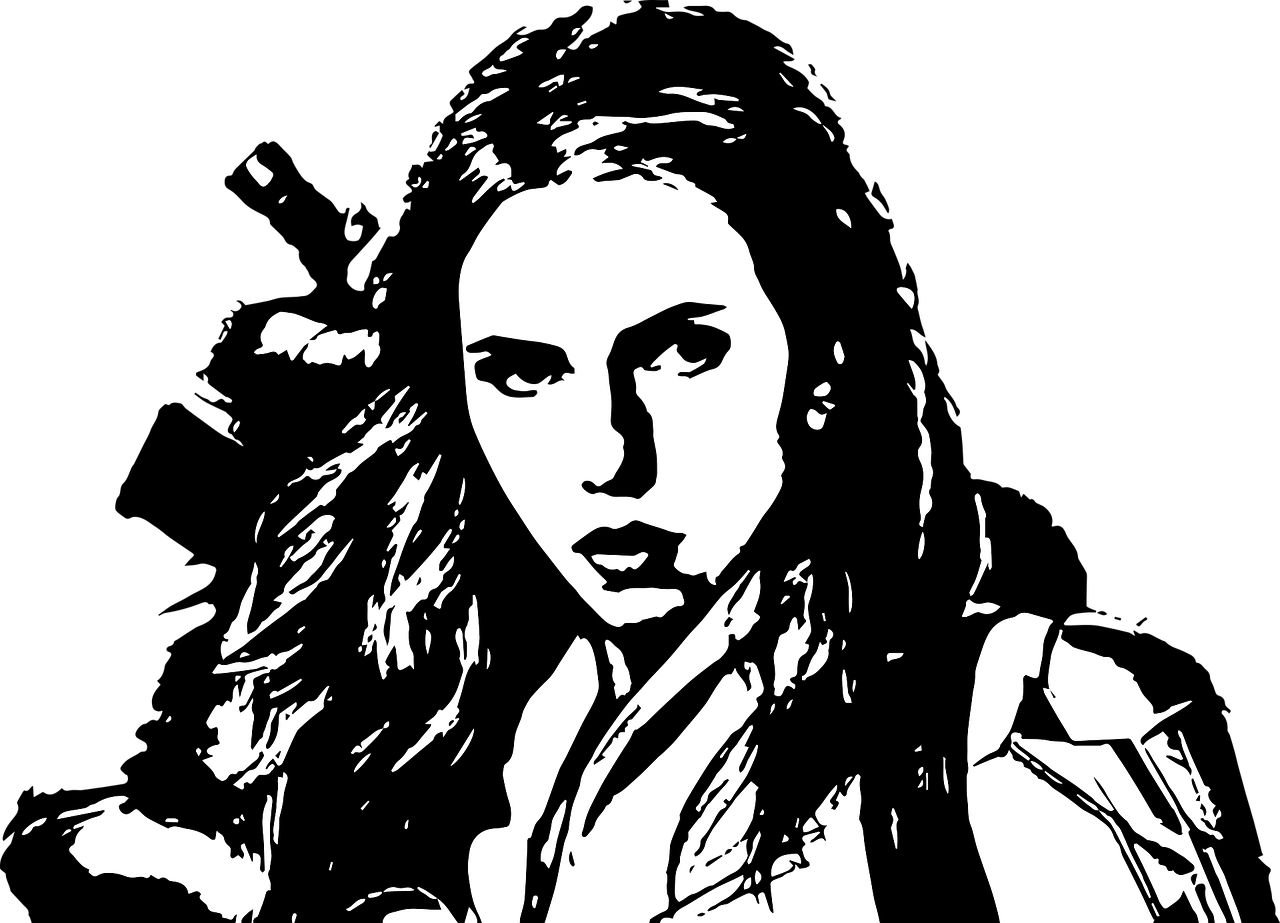
Conclusion
There have been some attempts by Hollywood to rise above this trope and portray Russians in a light that is unfamiliar to most of Tinseltown. The Widowmaker and Red Heat are some of the rare gems that lean away from archetypal depictions.
There’s also a greater representational change in terms of shifting from ideology or ethnicity to specific attributes. We are beginning to see more evil corporations that exploit the environment or the poor in films, all while making profits and evading accountability. Perhaps all is not lost for Hollywood, provided it can grow out of its old, lazy and reductive habits!
References (click to expand)
- (2005) Cossack Cowboys, Mad - Russians: The Emigre Actor - JSTOR. JSTOR
- Lawless, K. (2014, March 18). Constructing the ‘other’: construction of Russian identity in the discourse of James Bond films. Journal of Multicultural Discourses. Informa UK Limited.
- (2019) The New Cold War in Ame" by Declan Cronin - CrossWorks. College of the Holy Cross

